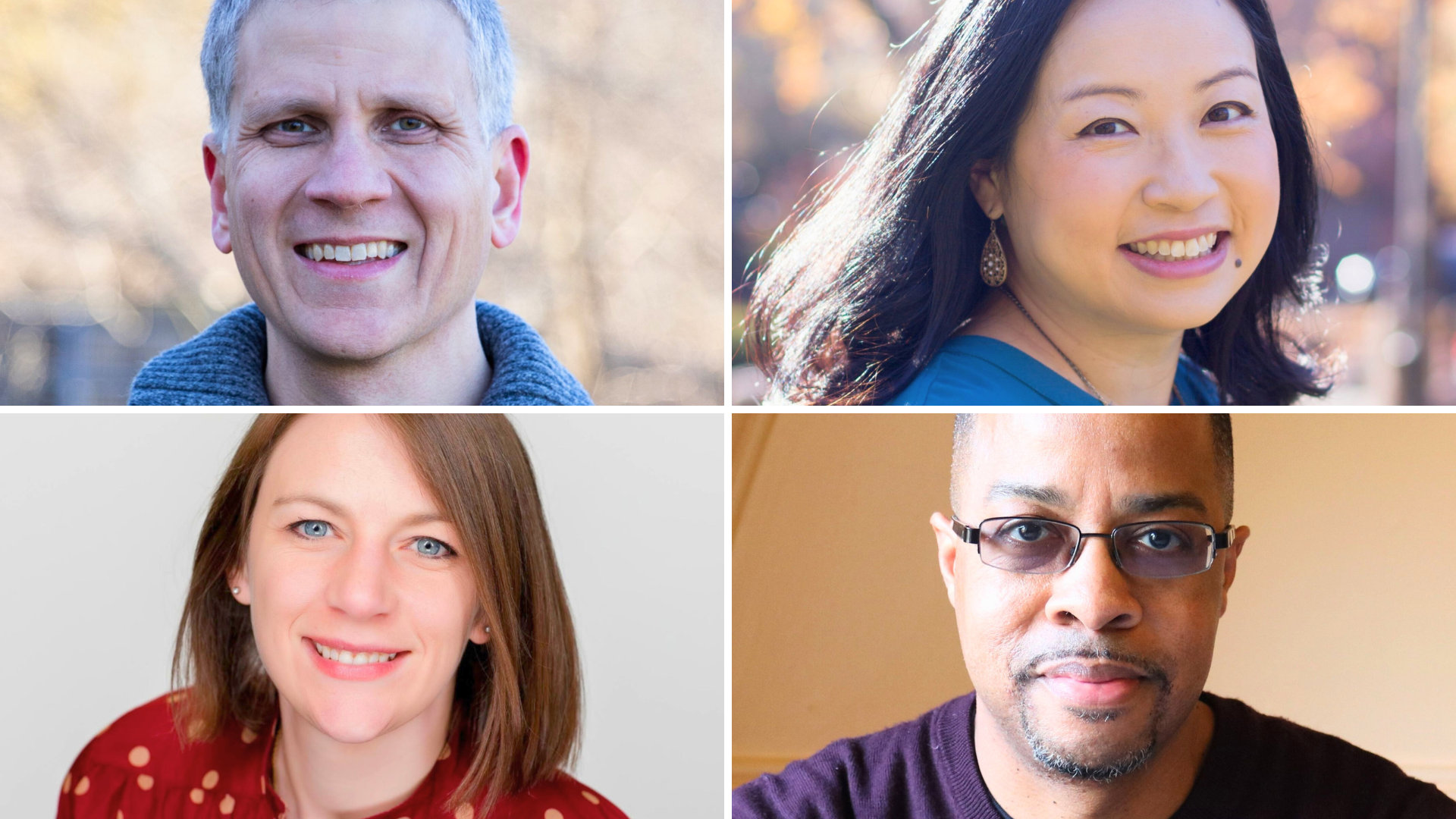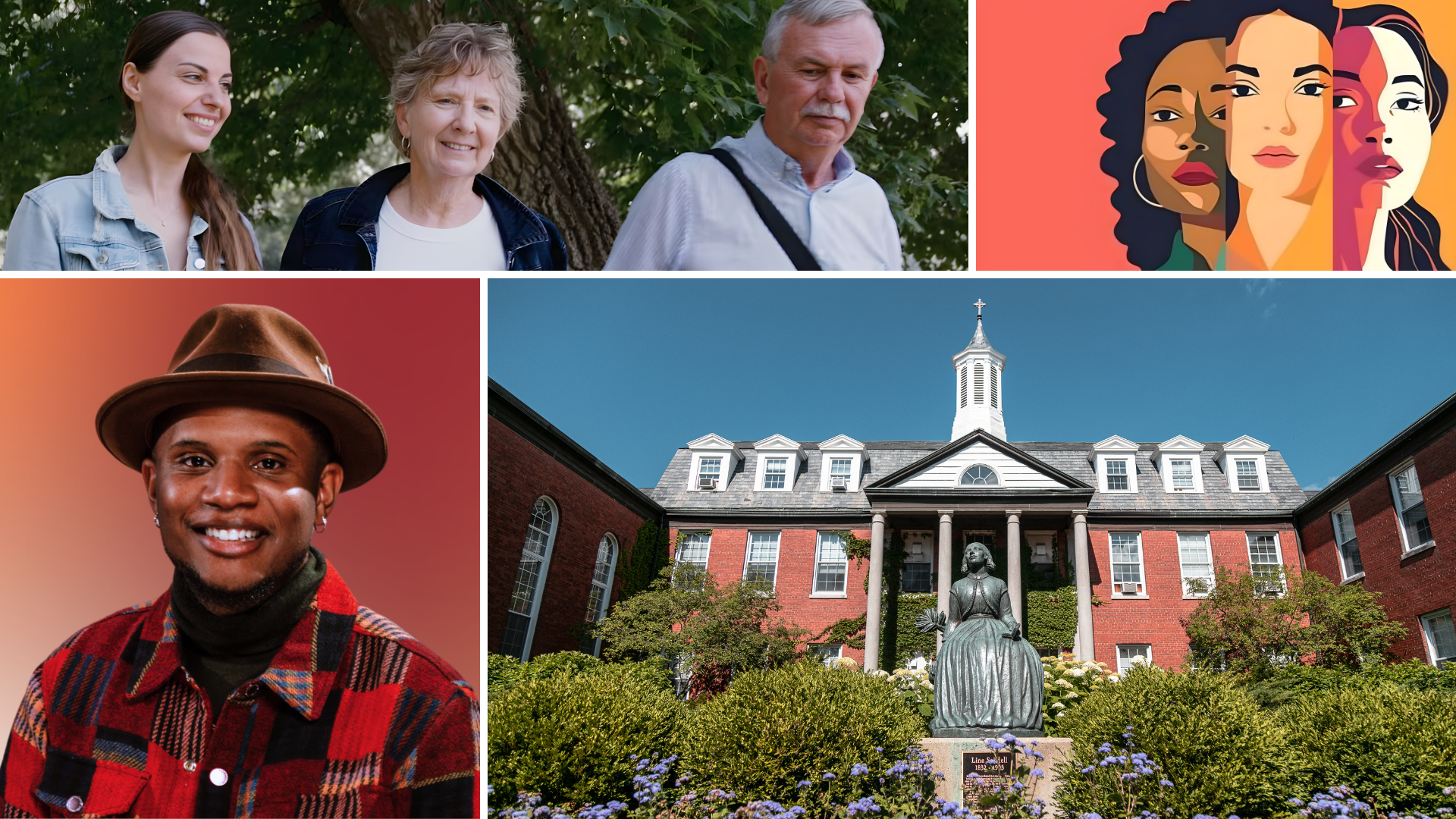CHICAGO, IL (October 24, 2014) — Editor’s note: Evangelical Covenant Church of Ecuador members living around the city of Cayambe have been working to construct a home for at-risk children. Eight of the nine churches were started by Jaime Lomas, the “Billy Graham of the Andes.” He died in January. Retired Covenant Missionary Nancy Reed recounts his life.
By Nancy Reed
Jaime Lomas belonged to the ethnic group known as mestizos in Ecuador. Abandoned at an early age by his father, he lived with his mother until her death when Jaime was eight years old.

As a young man, he contracted tuberculosis and spent some time in the hospital, where he started reading a New Testament left by the Gideons. He became a Christian and began attending Bethel Covenant Church in Ibarra where Covenant missionary Wayne Weld was interim pastor. From that time on Jaime was a Covenanter.
His first pastorate was in Cayambe at the Covenant Church of the Nazarene. He served in that city and the surrounding area for more than thirty years. Yet his ministry began with rejection and indifference on the part of church members, and he struggled. How long could he live with failure?
Finally he called the president of the national church, Nelson Castro, intending to give up the church keys. But Castro’s response changed Jaime’s life and ministry.
“Can you only preach the gospel in the four walls of the church?” Castro asked. “How about the plazas, parks, or open-air markets? Can you preach Jesus there?” Jaime replied, “Yes, there are those. Do you authorize me to go and preach outside the church?” Castro answered, “Yes!”
That very week Jaime began to preach in the open-air market where indigenous people were selling wooden bowls and spoons. It was the only place where the police would let him preach freely. He preached there day in and day out for several weeks until one day a man and an adolescent knocked at his door. They asked if he could go with them to preach about Jesus in their community of Oyacachi.
So one November morning in 1971 Jaime and his guides embarked on their trip at 5 a.m. When Jaime asked them how far it was to Oyacachi, they replied, “With time to feed the horses and eat something ourselves, we ought to arrive by about noon.” But noon came and went, and by 2 p.m., neither the horses nor the riders had eaten a bite, let alone arrived at Oyacachi. Jaime asked again how far it was. “Just around the corner,” they answered, “just around that mountain.”
At 6 p.m. they finally reached their destination. They were wet and hungry, after thirteen hours of riding. They had crossed the Continental Divide on horseback through rain and mud that sometimes reached up to their knees.
So Jaime began to preach in Oyacachi. Week by week the number of listeners grew. Then the first disciples confessed their new faith. When he arrived Jaime found four men who followed Christ. They listened to radio HCJB programing in Quichua at 4:00 a.m. Gaining momentum, the church eventually comprised nearly 90 percent of the town’s some 250 inhabitants, transforming Oyacachi to new life.
One of the men in the town studied to become a teacher in his village school. Later a fish farm was established. A road was built in 1986. Accessibility transformed Oyacachi, allowing products to get to market and people to get to the town. The hot springs were turned into swimming pools, and it soon became a draw for tourists.
Jaime continued to preach inside and outside the four walls of the church, doing pioneer missionary work, not only in indigenous communities around greater Cayambe in the province of Pichincha, where nine Quichua churches were formed, but also in the province of Napo, where another fourteen churches were formed along the 132-mile oil road through the jungle.
The Oyacachi believers verbally communicated their faith and new experience to their friends and families along that oil road through the jungle, providing many more preaching points for Jaime and other national leaders and missionaries. Although the ministries were mainly among the Quichua Indians, others, seeing the changes among the Quichua, asked Jaime to come and preach to them as well.
So Jaime went to Cabeno along with missionary Russ Camp. Jaime was preparing twenty people for baptism, but by the time he finished there were thirty-one who wanted to be baptized. They included Cofan Indians, including the Cofan chief, as well as Spanish-speaking colonists.
When the Covenant Church of Ecuador considered outreach from the Cayambe Quichua groups to similar Quichua groups in Peru, Jaime was retired and in poor health. Nonetheless he was the first to volunteer.
In Ecuador Jaime was referred to as the “Billy Graham of the Andes.” When he died last year he left behind hundred of believers and vibrant ministries in Ecuador. His loss is keenly felt, but his commitment to Christ, the people, and the gospel lives on.
A home for at-risk children currently being constructed in Cayambe is due in large part to his ministry. To read about the home, click here.













